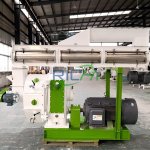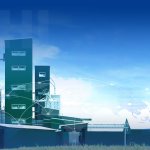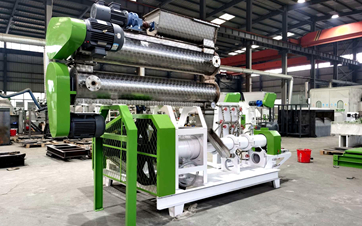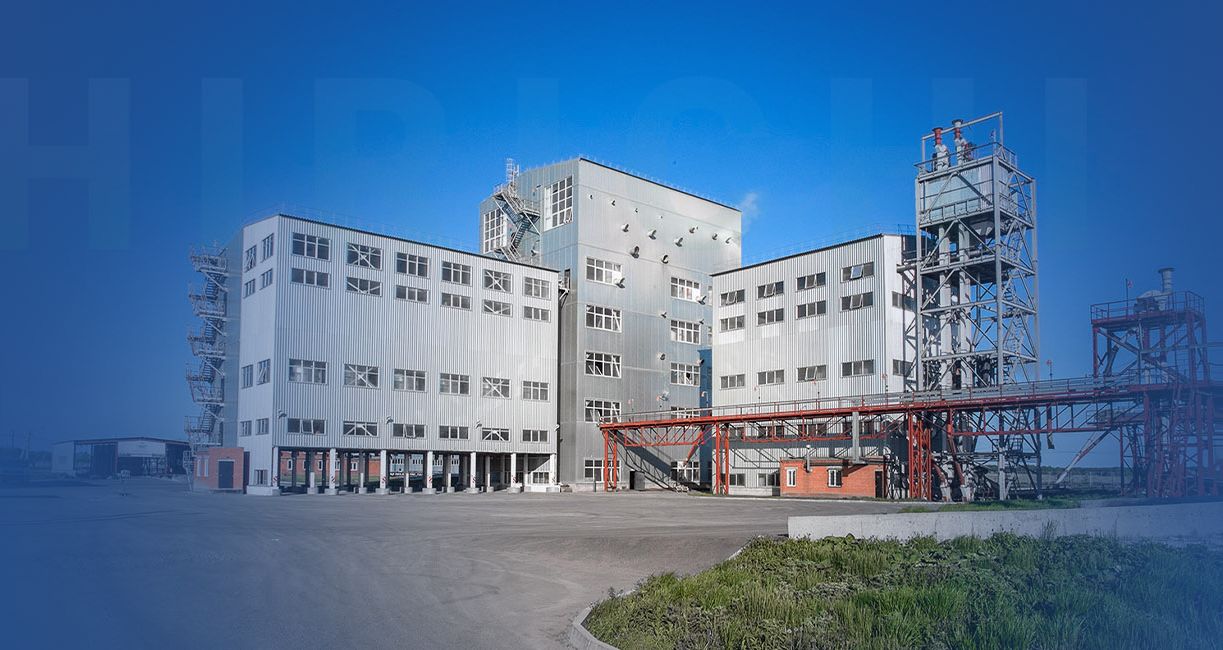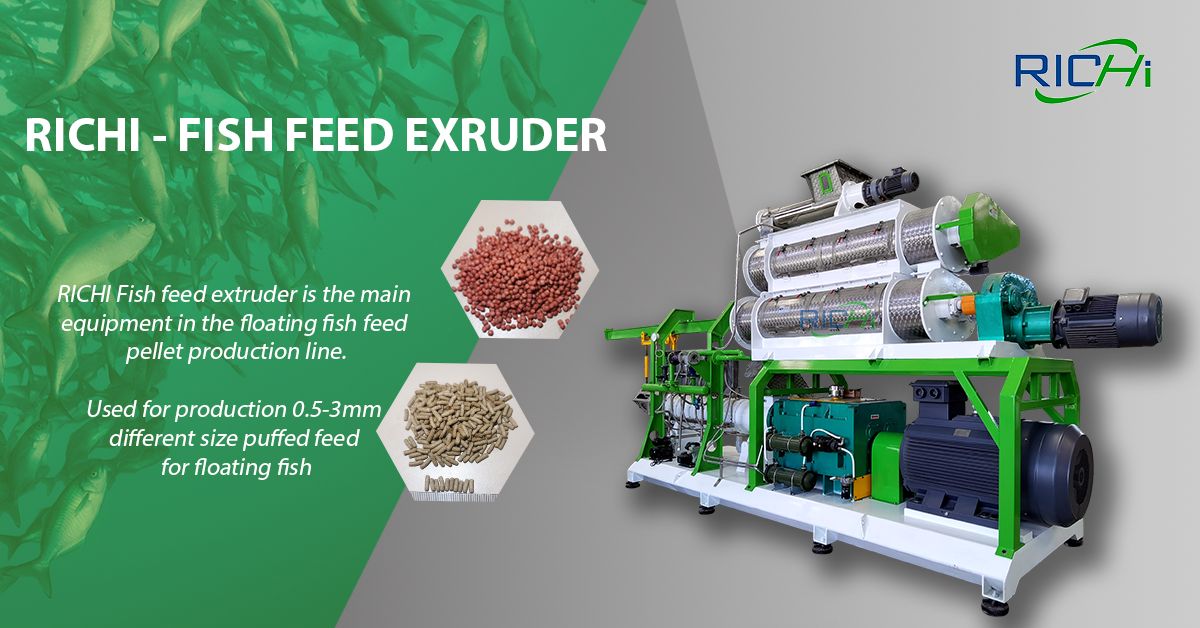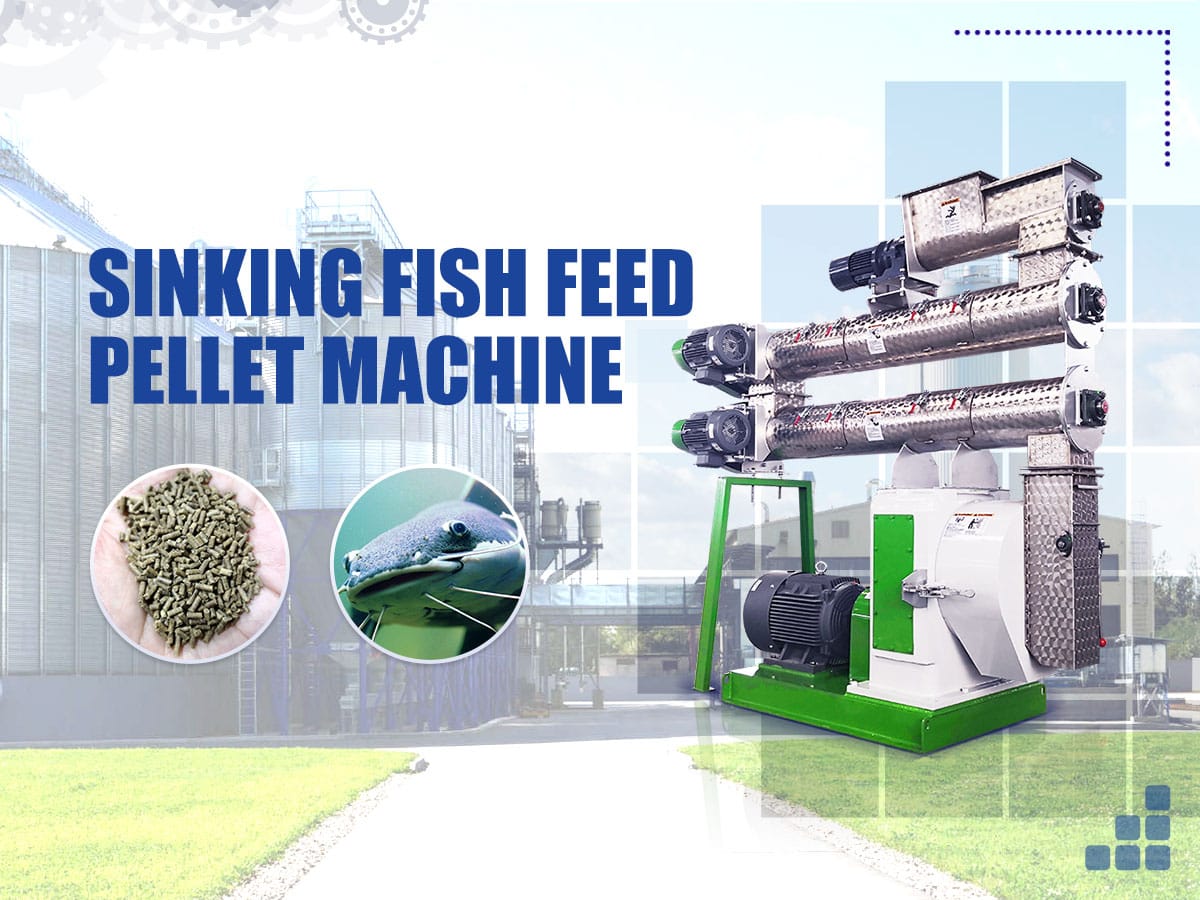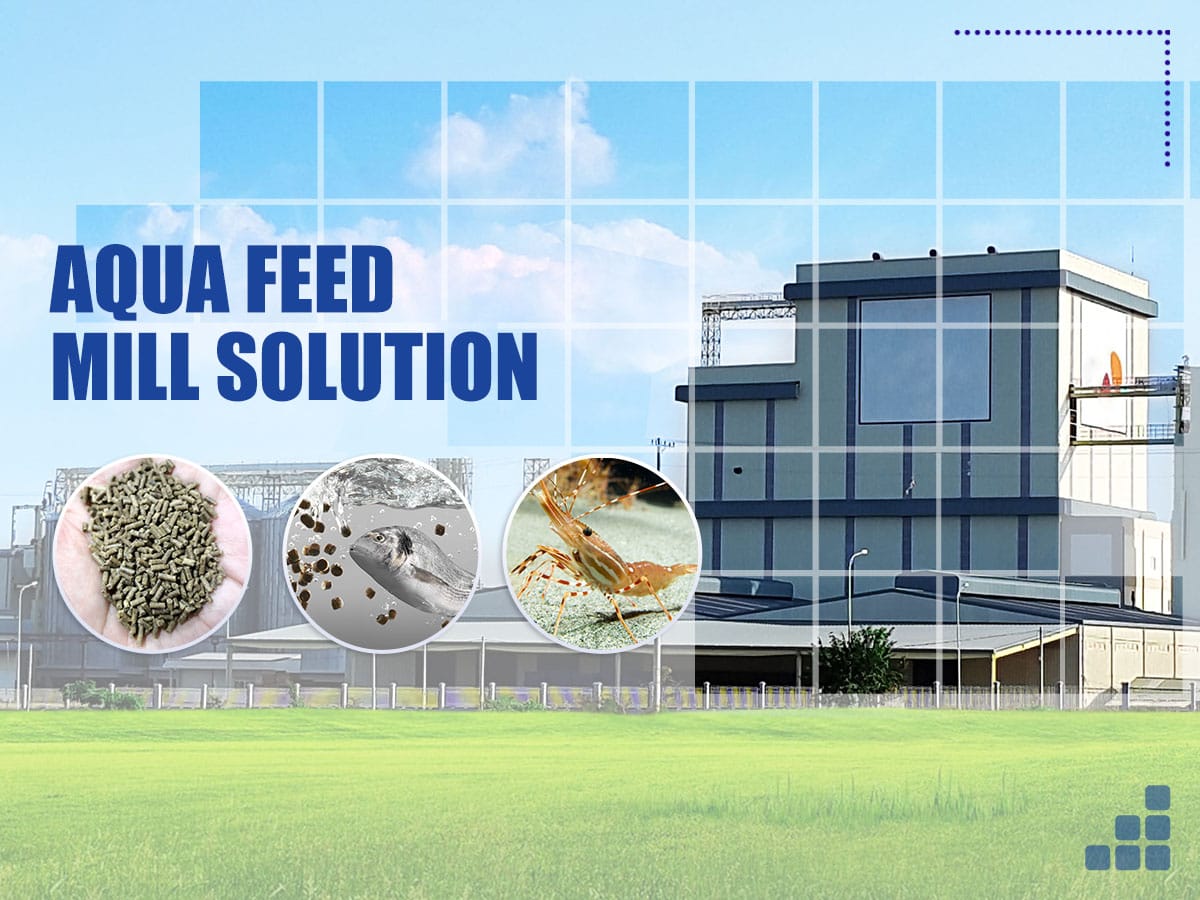Fish pellet machines are a crucial piece of equipment in aquaculture and fish farming industries. These machines are used to produce high-quality fish feed pellets that are essential for the growth and health of fish.
In Malaysia, where aquaculture is a booming industry, the demand for efficient fish pellet machines is on the rise. With advancements in technology, the fish pellet machine Malaysia is becoming more sophisticated and efficient, making fish farming operations more productive and profitable.


Benefits of Using a Fish Pellet Machine
Using a fish pellet machine offers a myriad of benefits for fish farmers. One of the primary advantages is the ability to produce high-quality fish feed pellets that are nutritionally balanced and easily digestible for fish.
These pellets can help improve the growth rate, health, and overall performance of the fish. Additionally, fish pellet machines allow for precise control over the size, shape, and composition of the pellets, ensuring that the fish receive the optimal nutrition they need.
Fish pellet machines are also cost-effective in the long run, as they can help reduce waste and improve feed conversion rates. By producing pellets in-house, fish farmers can save money on purchasing commercial fish feed and customize the feed to meet the specific nutritional requirements of their fish.
Moreover, using a fish pellet machine can save time and labor, as the process of pelletizing fish feed is automated and efficient.
Related post: https://richipelletizer.com/fish-pellet-machine-malaysia/
Types of Fish Pellet Machines Available
There are various types of fish pellet machines available in Malaysia, ranging from small-scale manual machines to large-scale automated machines. Some of the common types include flat die pellet mills, ring die pellet mills, and extruders. Flat die pellet mills are suitable for small to medium-scale fish farms, while ring die pellet mills are ideal for large-scale commercial operations. Extruders, on the other hand, are used to produce floating fish feed pellets that are buoyant on water.
Each type of fish pellet machine has its own unique features and capabilities, so it is essential to choose a machine that meets the specific needs and requirements of the fish farm. Factors such as production capacity, energy efficiency, pellet quality, and ease of operation should be considered when selecting a fish pellet machine.
Factors to Consider When Choosing a Machine
When choosing a fish pellet machine in Malaysia, there are several factors to consider to ensure the machine meets the needs of the fish farm. Some of the key factors to consider include the production capacity of the machine, the type of fish feed pellets it can produce, the power source (electric, diesel, or PTO), the durability and reliability of the machine, and the availability of spare parts and technical support.
It is also essential to consider the space available for the machine, as some fish pellet machines require more significant floor space than others. Additionally, the budget allocated for the machine should be taken into account, as the cost of fish pellet machines can vary depending on the brand, size, and features of the machine. Conducting thorough research and comparing different models can help fish farmers make an informed decision when selecting a fish pellet machine.
Top Brands of Fish Pellet Machines in Malaysia
In Malaysia, there are several reputable brands that offer high-quality fish pellet machines for fish farmers. Some of the top brands include Muyang, Satake, SKIOLD, CPM, and Zhengchang. These brands are known for their reliability, efficiency, and innovation in fish feed pellet machine technology. Fish farmers can choose from a range of models and sizes offered by these brands to suit their specific production needs and requirements.
How to Operate a Fish Pellet Machine
Operating a fish pellet machine requires proper training and knowledge of the machine’s functions and controls. The first step is to ensure that the machine is set up correctly and all safety precautions are in place. Next, the raw materials, such as fish meal, soybean meal, and other ingredients, should be mixed in the right proportions to create a balanced fish feed formula.
The mixed ingredients are then fed into the pellet machine, where they are compressed and extruded into pellets of the desired size and shape. The machine’s settings, such as die size, compression ratio, and temperature, should be adjusted to produce high-quality pellets. Regular monitoring of the machine’s performance and maintenance is essential to ensure smooth operation and consistent pellet quality.
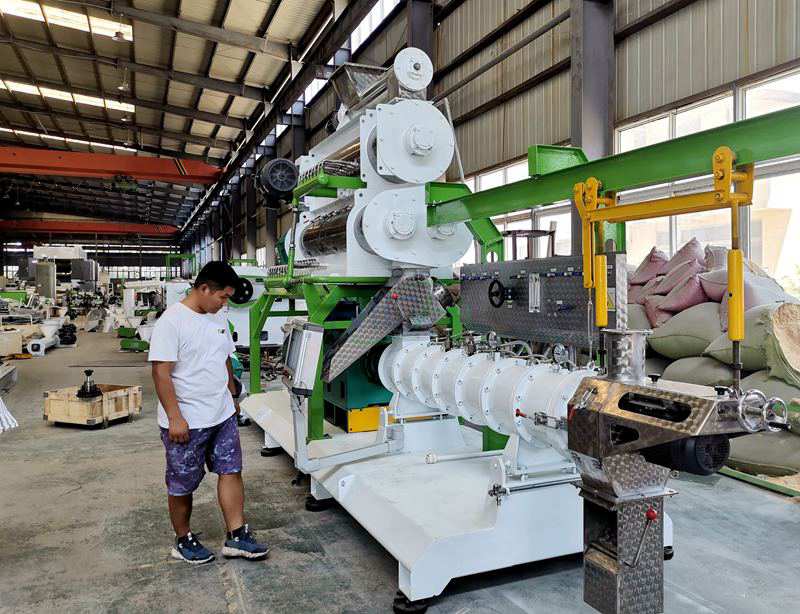

Maintenance Tips for Your Fish Pellet Machine
Proper maintenance of a fish pellet machine is crucial to ensure its longevity and optimal performance. Regular cleaning of the machine, including the die, rollers, and other components, is essential to prevent clogging and maintain pellet quality. Lubricating the moving parts and checking for wear and tear can help prevent breakdowns and prolong the machine’s lifespan.
It is also important to follow the manufacturer’s recommendations for maintenance and servicing, such as replacing worn parts, adjusting the machine settings, and checking for leaks or loose connections. By keeping the fish pellet machine well-maintained, fish farmers can ensure consistent production of high-quality fish feed pellets and avoid costly repairs or downtime.
Cost Analysis of Investing in a Fish Pellet Machine
Investing in a fish pellet machine can be a significant upfront cost for fish farmers, but the long-term benefits can outweigh the initial investment. The cost of a fish pellet machine in Malaysia can vary depending on the brand, model, size, and features of the machine. Factors such as production capacity, power source, and pellet quality can also impact the cost of the machine.
When conducting a cost analysis of investing in a fish pellet machine, fish farmers should consider factors such as the cost of raw materials, labor, energy consumption, maintenance, and potential savings on purchasing commercial fish feed. Calculating the return on investment (ROI) and comparing the costs and benefits of using a fish pellet machine versus buying commercial fish feed can help fish farmers make an informed decision about investing in a machine.
Importance of Properly Formulated Fish Feed
Properly formulated fish feed is essential for the health and growth of fish in aquaculture operations. Fish require a balanced diet that includes proteins, fats, carbohydrates, vitamins, and minerals to support their metabolic functions and growth. Using a fish pellet machine to produce high-quality fish feed pellets ensures that the fish receive the necessary nutrients in the right proportions.
Fish feed should be formulated based on the specific nutritional requirements of the fish species, life stage, and environmental conditions. By using quality ingredients and following a precise formulation process, fish farmers can create customized fish feed that maximizes growth rates, improves feed conversion efficiency, and enhances the overall health and performance of the fish. Properly formulated fish feed can also reduce the incidence of diseases and improve the quality of the fish produced.
Regulations for Fish Feed Production in Malaysia
In Malaysia, the production of fish feed is regulated by the Department of Fisheries under the Ministry of Agriculture and Agro-Based Industry. Fish feed manufacturers must comply with the Feed Act 2009 and Feed Regulation 2019, which outline the requirements and standards for the production, labeling, and marketing of fish feed. These regulations aim to ensure the safety, quality, and efficacy of fish feed products to protect the health of fish and consumers.
Fish feed manufacturers are required to obtain a license from the Department of Fisheries to produce and distribute fish feed in Malaysia. The feed ingredients used in fish feed formulations must meet the specified standards and be free from contaminants or harmful substances. Regular inspections and audits are carried out to ensure compliance with the regulations and to maintain the quality and safety of fish feed products in the market.
Success Stories of Using Fish Pellet Machines
Many fish farmers in Malaysia have experienced success and growth in their operations by using fish pellet machines to produce high-quality fish feed pellets. By investing in efficient and reliable machines, fish farmers have been able to improve the growth rates, feed conversion efficiency, and overall performance of their fish. The ability to customize fish feed formulations based on the nutritional needs of the fish has helped increase the profitability and sustainability of fish farming operations.
Fish farmers who have adopted fish pellet machines have seen significant savings on feed costs, reduced waste, and increased productivity. By producing their own fish feed pellets in-house, fish farmers have greater control over the quality and composition of the feed, leading to healthier and more robust fish stocks. Success stories of using fish pellet machines in Malaysia serve as inspiration for other fish farmers looking to enhance their aquaculture operations and achieve greater success in the industry.
Future Trends in Fish Pellet Machine Technology
The future of fish pellet machine technology in Malaysia is promising, with advancements in automation, efficiency, and sustainability driving innovation in the industry. Manufacturers are developing new technologies that improve the precision and control of fish feed pellet production, such as computerized control systems, sensors, and data analytics. These technologies enable fish farmers to optimize feed formulations, monitor production processes, and enhance the quality of fish feed pellets.
Future trends in fish pellet machine technology also include improvements in energy efficiency, waste reduction, and environmental sustainability. Manufacturers are exploring eco-friendly materials, renewable energy sources, and waste recycling solutions to make fish pellet machines more environmentally friendly. By adopting these technologies, fish farmers can reduce their carbon footprint, conserve resources, and enhance the sustainability of their aquaculture operations.
In conclusion, fish pellet machines play a vital role in the success and sustainability of fish farming operations in Malaysia. By investing in high-quality machines, fish farmers can produce nutritious and cost-effective fish feed pellets that support the growth and health of their fish. With proper maintenance and adherence to regulations, fish pellet machines can help fish farmers achieve greater productivity, profitability, and success in the aquaculture industry. As technology continues to evolve, the future of fish pellet machine technology in Malaysia looks promising, with innovations focused on efficiency, sustainability, and quality in fish feed production.

